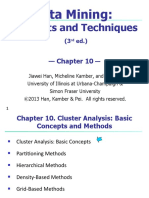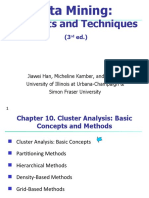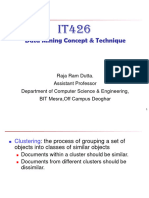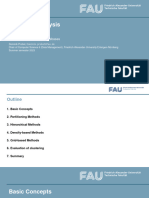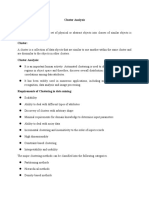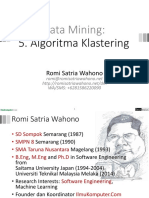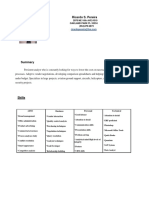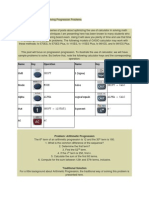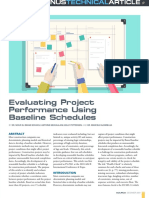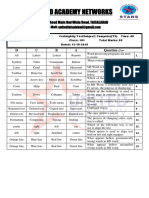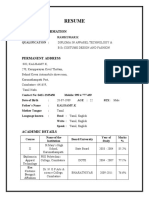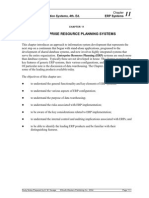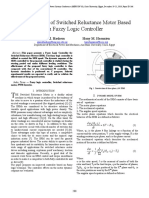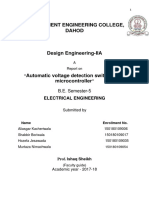0% found this document useful (0 votes)
57 views44 pagesData Mining Chapter 5 Cluster Analysis
a note on data mining ioe attached for the ioe exam, TU KEC
KANTIPUR ENGINEERING COLLEGE , DHAPAKHEL
Binod Wosti
Uploaded by
akafle99Copyright
© © All Rights Reserved
We take content rights seriously. If you suspect this is your content, claim it here.
Available Formats
Download as PPT, PDF, TXT or read online on Scribd
0% found this document useful (0 votes)
57 views44 pagesData Mining Chapter 5 Cluster Analysis
a note on data mining ioe attached for the ioe exam, TU KEC
KANTIPUR ENGINEERING COLLEGE , DHAPAKHEL
Binod Wosti
Uploaded by
akafle99Copyright
© © All Rights Reserved
We take content rights seriously. If you suspect this is your content, claim it here.
Available Formats
Download as PPT, PDF, TXT or read online on Scribd
/ 44





